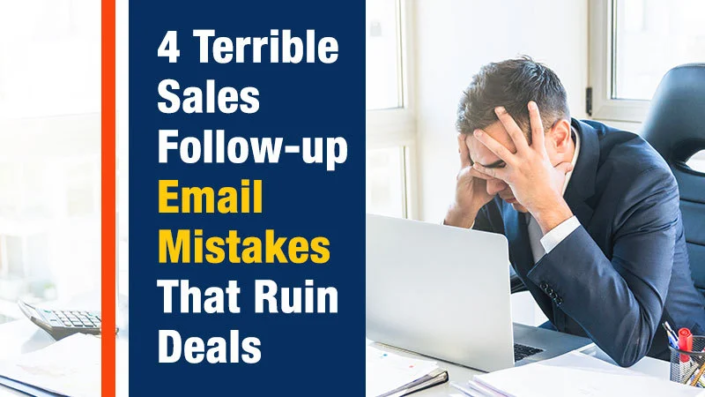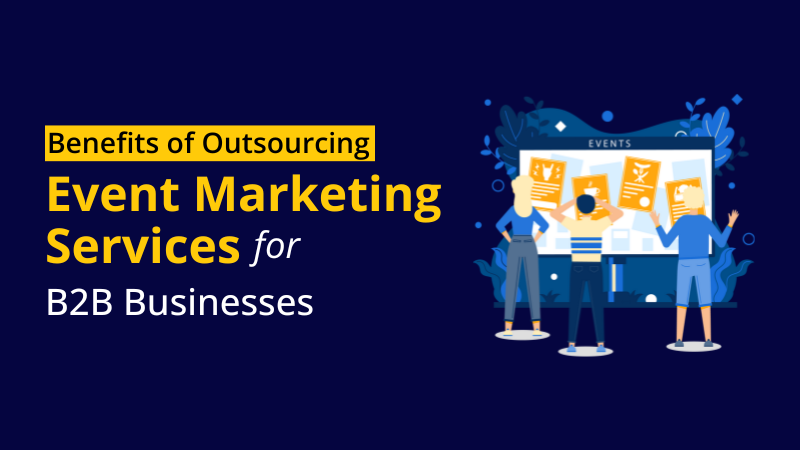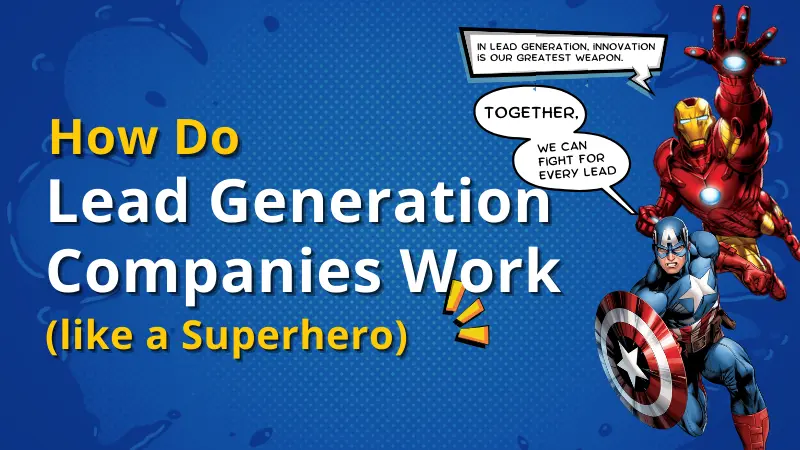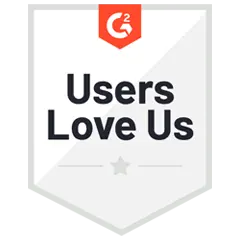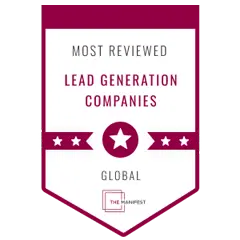Getting your initial email out is one thing, but making the right follow-up email is an entirely different story. Most of the time, it only takes the smallest mistakes to ruin a potential sales deal.
Your sales follow-up emails are even more crucial in closing a deal than you might think.
Here’s a pro-tip: your follow-up sales emails are even more crucial in closing a deal than you might think. Therefore, your messages cannot be riddled with any mistakes. That means no typos, neglected grammar, or poor manners, or else you can kiss that sweet deal goodbye.
More than points on how to make a good email, we’re going to give you the top no-nos for sales follow-up emails that you should avoid no matter what.
Sorry, MVP only
More than once, there are going to be instances where there will be multiple decision-makers. The common mistake in dealing with these cases is the tendency of cherry-picking and only talking to whoever you think is the most valuable person of the bunch. This is a wrong move because by doing this, you discredit everyone else involved in the decision-making process, and you don’t want to do that.
We advise that you keep a list of everyone involved in a call or discussion. Be sure that you secure their contact details and when you send out your follow-up sales emails, include every relevant person in the email. Address them collectively for general greetings or group-related topics and individually if you have information specifically for that contact that is still significant to the group discussion.
Related: Why It’s Important to Engage Every Relevant Decision Maker in B2B Lead Gen
Do(‘nt) Do the Robot
There is nothing more boring and offputting than talking to someone who sounds like a robot – no emotions, no reaction, nada. Imagine if your date talked like that? You wouldn’t want to go on a second date with them. The same goes for your follow-up emails. If you keep your tone monotonous, trust me, even if it’s just on text, your potential clients are going straight for the trash bin button.
The key here is to use less of the big flowery words and use more conversational language. Speak to them in a tone that you want to converse in if you were face-to-face.
Here’s an example:
Instead of saying, “As per our telephone conversation on today’s date” you can simply say, “As we discussed this morning.” Or using “Because” instead of “We are in receipt of.” Spot the difference? Not only does it shorten your email by large, but it also sends the message that you and your client are in a good and comfortable business relationship.
Related: [VISUAL GUIDE] 15 Best-Kept B2B Email Secrets to Win Prospects’ Hearts
Right Email, Wrong Timing
Timing is crucial if you want to be able to get a response quicker, or one at all. Many take this for granted and just go by sending out their emails ASAP. While sending out emails as soon as you can is also a good tactic, you should also know when to send it ASAP.
Remember that you always have a distinct purpose as to why and how you have constructed your follow-up email. Think of the specific situation you are in. You want to send your message at a specific time to ensure that the receiver gets it at the right time so it is still relevant to them and doesn’t get drowned out in all their other emails.
We suggest that the best and safest time to send out a follow-up is within 24 hours. You don’t want to wait too long to shoot them a message. More than often if the client doesn’t get an initial follow-up right away, especially after a promising and well-received meeting, they will think that it was a fluke and that the company must’ve forgotten about them. So, they will drop you from their list and move on to the next person who can help them.
Related: Sending Emails on Sunday? Are you Kidding me?!
But First, Research!
So, you’re pressing send on your email out of pure excitement of a new possible closed deal. There’s only one problem: You didn’t get to know the person you’re emailing first. By that, we don’t mean that you suddenly have to go out for a cup of coffee with them. Proper RESEARCH will take you a long way and prevent you from making errors that will negatively affect your sales deal more than you’d like to.
If you’re sending a follow-up to a prospect that is crucial to the deal, read up on them first. Check out their LinkedIn to find out more about them as a person and not just as a business. Simple things such as knowing how they want to be addressed can go a long way in showing that you genuinely took your time in getting to know them and they will value that.
Related: ABM + Outbound: How Targeted Outreach Moves the Needle on ABM
Though these would seem like no-brainers, you would be surprised at how many businesses still commit these mistakes, but if you remember you avoid these common mistakes when making and sending out your follow-up emails, then you’ll be golden.

